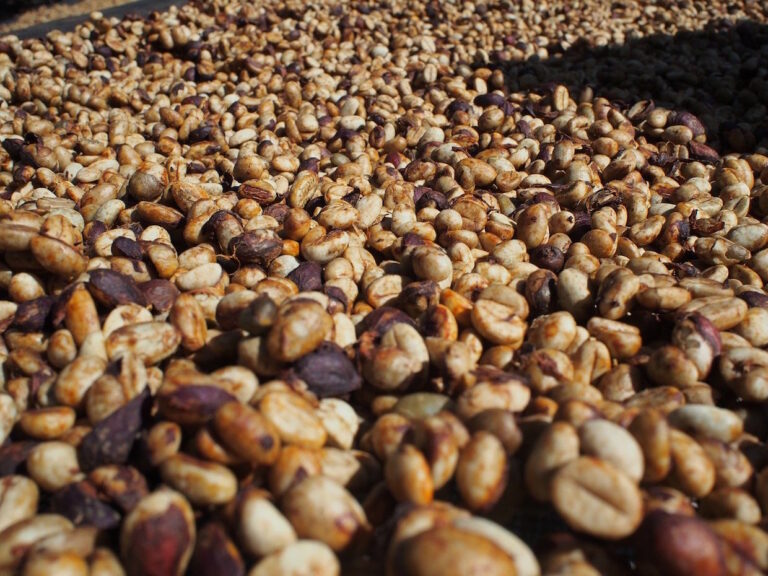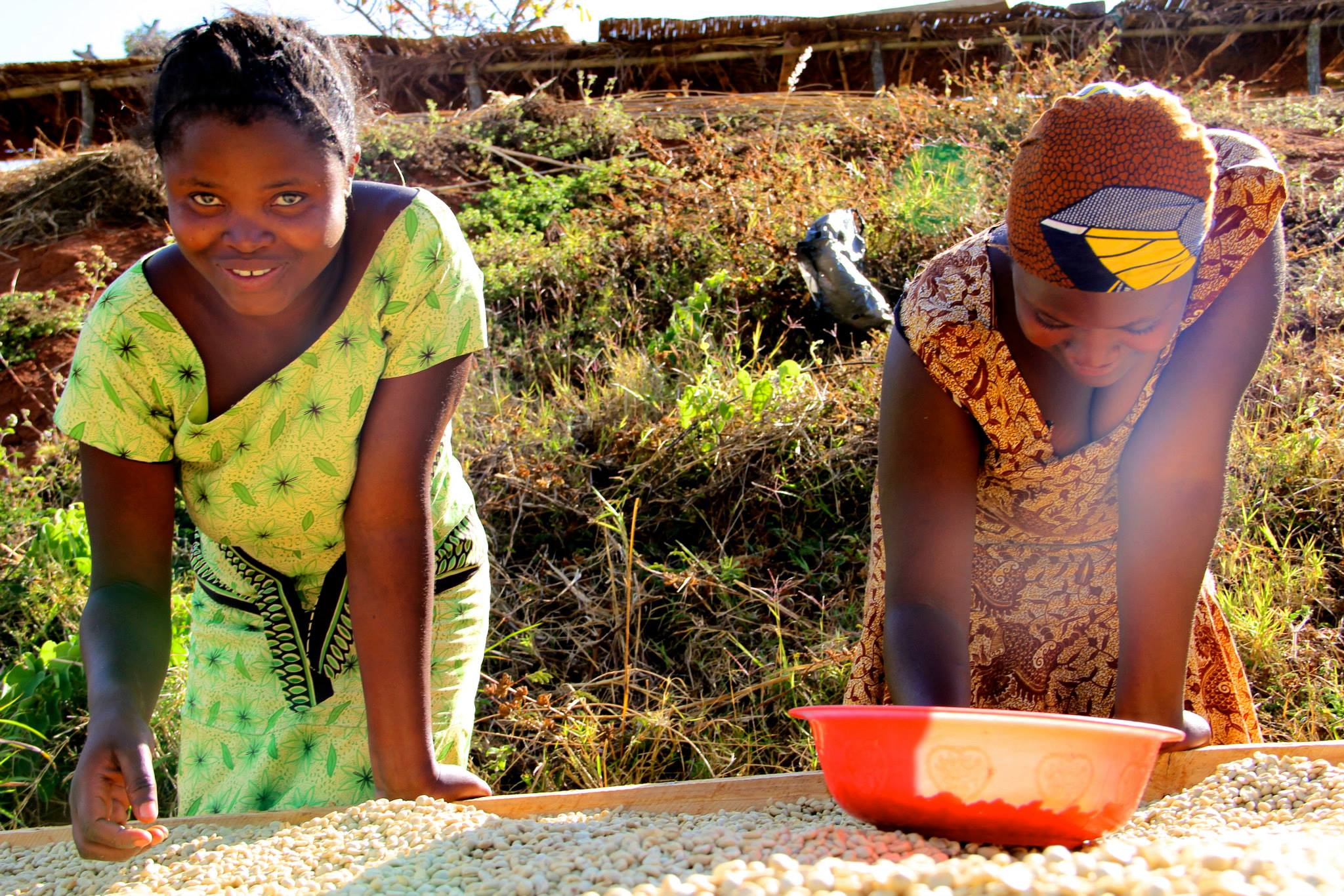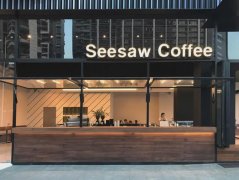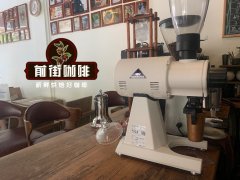The impact of vacuum packaging of oxygen, temperature and humidity on the quality of raw coffee
The three factors that affect the quality of coffee during transportation and storage are oxygen, temperature and humidity.
Oxygen: oxygen has such an adverse effect on coffee that some articles call it a "pollutant". When coffee interacts with oxygen, it will lead to oxidation or even deterioration of flavor molecules, resulting in peculiar smell and light taste.
Temperature: the ideal temperature range for coffee storage is 20-25 C (68-77 F). Temperature affects coffee by changing the water activity in coffee beans. The change of energy state of water molecules in coffee will affect the flavor and freshness. In some cases, large fluctuations in temperature can cause condensation in a bag of coffee, thus damaging the coffee.
The original reason for storing coffee in the air conditioner is to keep the humidity and temperature constant. When the QC team began to evaluate the impact of AC on warehouse coffee, they wanted to retest this initial hypothesis and determine how the cup test quality changed between AC and non-AC storage.
First, the team chose a range of coffee grades, including boutique coffee and commercial coffee, to be stored in two warehouses in Tsuen Wan, Hong Kong-one with air conditioning and the other without-for nine months. All these coffees are stored in sealed packages. The team used the LCD digital thermometer HTC-1 H596 thermometer to record temperature and relative humidity (RH) every day.

Samples were taken at the end of each month over a 9-month period. The team took samples from each bag and checked for water content, water activity and density. Then, the Hong Kong QC uses the SCA cup test protocol to evaluate the cup quality. Since the purpose was to assess quality, not consistency, only two cups of coffee were used. Observe all other SCAA protocols.
Result
The results are shocking: although the humidity and temperature in non-air-conditioned warehouses are very different from the recommended storage conditions

Packaging matters
Previous studies have found that refrigeration can prolong the quality of cups. However, there are several key differences between the previous research and our QC team's research. Cold storage studies usually involve conditions close to freezing. The highest temperature difference between our air-conditioned and non-air-conditioned warehouses was only 8 °C in June, and the conditions in our air-conditioned warehouses were never close to the freezing point.
In addition, these studies were conducted on coffee stored in unsealed packages. Several studies have found that the best indicator of coffee longevity is packaging, not storage conditions. In these studies, vacuum packaging-removing air and forming a seal-has been shown to be the best way to maintain the quality of coffee. A bag used to seal against moisture.
In the study conducted by our QC team, coffee stored in sealed packages maintained the desired flavor, including chocolate, vanilla, citrus and red fruit. Instead, the study found that coffee stored in jute bags showed more unpopular features, such as paper and jute. These results are likely due to the exposure of coffee stored in unsealed bags to oxygen, resulting in the oxidation of flavor-producing oil and loss of flavor.
Important Notice :
前街咖啡 FrontStreet Coffee has moved to new addredd:
FrontStreet Coffee Address: 315,Donghua East Road,GuangZhou
Tel:020 38364473
- Prev

Xicha invested RMB 100 million in fine coffee chain brand seesaw China coffee market
Chinese boutique coffee chain SeeSaw has received 100 million yuan (US$15 million) in investment led by tea shop brand HeyTea and existing shareholder Hony Pak Fook to grow its business in China. According to Chinese media reports, the new funds will be used for store expansion nationwide to
- Next

How to judge that the bean grinder needs an updated cutter head? Do you need to change the bean grinder when the cutter head is worn out?
Suppose you own a bean grinder. You have had it for several years and have been using it. The machine needs to work overtime, right? There are many facts in life that cars need new tires and flashlights need new light bulbs. So when does the bean grinder need a new cutter head? Well, it may not be as fast as you think (after all, it's so expensive) the life expectancy of the cutter head is
Related
- Detailed explanation of Jadeite planting Land in Panamanian Jadeite Manor introduction to the grading system of Jadeite competitive bidding, Red bid, Green bid and Rose Summer
- Story of Coffee planting in Brenka region of Costa Rica Stonehenge Manor anaerobic heavy honey treatment of flavor mouth
- What's on the barrel of Blue Mountain Coffee beans?
- Can American coffee also pull flowers? How to use hot American style to pull out a good-looking pattern?
- Can you make a cold extract with coffee beans? What is the right proportion for cold-extracted coffee formula?
- Indonesian PWN Gold Mandrine Coffee Origin Features Flavor How to Chong? Mandolin coffee is American.
- A brief introduction to the flavor characteristics of Brazilian yellow bourbon coffee beans
- What is the effect of different water quality on the flavor of cold-extracted coffee? What kind of water is best for brewing coffee?
- Why do you think of Rose Summer whenever you mention Panamanian coffee?
- Introduction to the characteristics of authentic blue mountain coffee bean producing areas? What is the CIB Coffee Authority in Jamaica?

